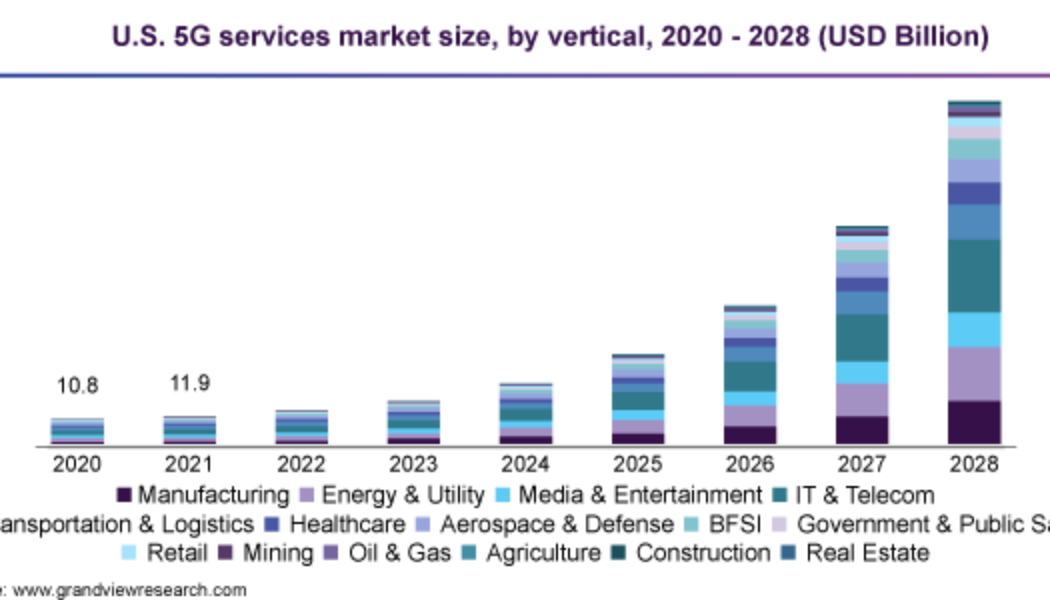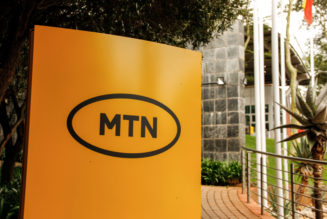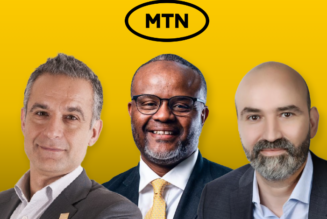A new approach to towers, growth of neutral hosts, and an expansion of private networks. Those are three strong trends to consider in telecom infrastructure for next year. This according to Fergal Lawlor, CEO at antenna solutions provider Alpha Wireless.
A strong recovery post-pandemic has further accelerated the transition of society moving to digital platforms. As streaming, working from home and Zoom meetings continue to be the new normal, an urban structural transformation also emerges, spreading out housing and work to smaller cities, peripheral suburbs, and rural areas. Post-covid, trillions of dollars are now being invested in connecting this new society through digital infrastructure. This in turn has created a strong pressure for change in the telecom infrastructure, accelerating the 5G expansion. Here are three trends to keep an eye on for 2022.
1. New approach to towers.
In terms of wireless network planning, the low hanging fruit in 2021 was to upgrade the standard macro towers to 5G. Next year the coverage needs to be densified at a faster pace, at the same time operators must take into account the regulations around tower deployment. This requires a new approach. The tri-sector antennas can be deployed on public rights of ways and take advantage of reduced planning restrictions. It also allows two operators to co-locate in one place while still having their own antenna concealed within the slimline canister. Big investments are currently being made in North America and in Europe to ensure rural communities are connected. Tri-sector antennas can be a low cost and fast way to install on various homes and buildings in these rural areas bringing mobile coverage to communities for the first time.

2. Neutral Hosts.
Neutral Hosts will continue coming into the market in 2022. Wireless operators are moving from sharing sites on their own infrastructure to sharing that same infrastructure through a neutral host that can cover not-spots. This of course helps people stay connected in extremely remote places like the subway, but also in rural places and inside buildings. The neutral host-setup solves the economic problem in times of a rise in demand of connectivity, by simply making it commercially viable since it works stand-alone often in partnership with landlords or transport providers. By working with neutral hosts everyone can stay connected while commuting underground, working in bunkers or remote, regardless of which wireless operator they are using. Companies like Cellnex, Crown Castle, Freshwave, WIG and more are all increasing their footprint, by building out the sites to have at least two operators sharing the costs. This approach also helps the CapEx budgets for the wireless operators who have already invested heavily in acquiring the spectrum licenses.
3. Private Networks.
The importance of private networks will increase next year. Digital transformation, internet of things (IoT) and smart factories all require 5G capabilities for critical infrastructure, industrial operations, and mission-critical wireless communication requirements in public safety. Translated into the consumer field this includes new innovations such as AGV’s (automatic guided vehicles), AR (augmented reality), collaborative mobile robots, self-driving vehicles and much more. 4G has not been able to support this, and as regulators have opened spectrum for enterprise private 5G, utilities are now looking at the lower frequency bands for their private networks. As more spectrums are being allocated to enterprises, the stalled process can restart and further fuel the growth in the telecom sector.
Fergal Lawlor, CEO, Alpha Wireless









Tagged: Mobile, Mobile and Telecoms, network, Telecom, telecommunications, Top Stories, Towers